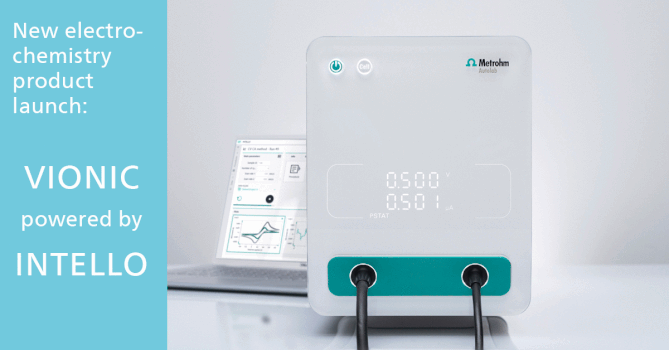Polarography as a Tool for Investigations of Chemical Reactions Accompanying Electrode Processes
Abstract
Polarographic investigation of three types of reactions connected with electrode processes is presented. Conjugated acids are in all instances reduced more easily (i.e. at more positive potentials) than conjugated bases. On the other hand, basic forms are more easily oxidized (at more positive potentials) than conjugated acids. From the current decrease in this pH range, the rate constant of protonation of the base (kr) can be determined, provided that protonation occurs in a homogeneous solution. Examples of studied systems of this type are given. Another type of chemical reactions preceding the electron transfer are conversions of covalently hydrated forms into reducible unhydrated species. Addition of OH- ions to aldehydes results in geminal diol anions (RCH(OH)-) which can be oxidized to carboxylic acids. Examples of chemical reactions interposed between two electron transfers are reactions of arylhydroxylamines formed in a four-electron reduction of nitro aromatic compounds. The roles of protonation, dehydration, condensation and some deactivation reactions of arylhydroxylamines are discussed.Downloads
Published
1997-03-15
How to Cite
Zuman, P. (1997). Polarography as a Tool for Investigations of Chemical Reactions Accompanying Electrode Processes. Chemické Listy, 91(2). Retrieved from http://ww.w.chemicke-listy.cz/ojs3/index.php/chemicke-listy/article/view/2793
Issue
Section
Articles




